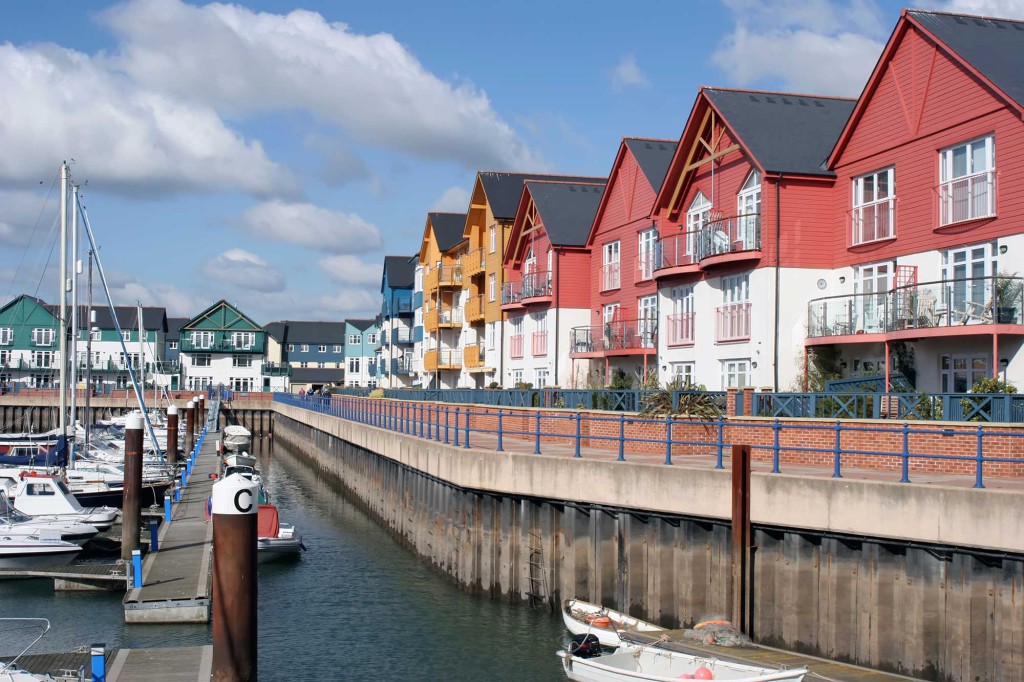
Local communities could break the domination of the big six energy companies by generating their own power and supplying it back to local people, according to new report written by leading south west law firm Stephens Scown and Regen SW. The report calls on government and regulators to change the rules to enable local energy supply models to flourish.
There are now over 5,000 community energy groups in England. To date their focus has been the setting up of generation projects – but the goal of using and selling that energy within the local community, rather than simply selling it into the national grid or an individual purchaser, is a harder nut to crack.
“We’re seeing growing interest from local community groups, housing associations, councils and developers in local energy supply models,” said Sonya Bedford, partner at Stephens Scown and joint author of the report. “Momentum is growing, not least because the national grid network is becoming increasingly constrained. Communities want to be more in control of their own energy, and they want it to be green, renewable and sustainable. The dream of true self-sufficiency is moving closer, although there are still some major questions to be resolved if it is to become a widespread reality. We need the Government and Ofgem to reduce barriers to entry.”
Tamar Bourne, Senior Project Manager at Regen and joint author of the report, said: “Local supply has the potential to transform our energy system. If we can keep more of the income from supplying energy in the local economy, we can reduce fuel poverty, help communities meet their carbon and environmental objective and create social enterprises that customers can trust.”
The report identifies six main models for local supply in the marketplace currently:
• Licence Lite – where a small supplier partners with an existing licensed ‘senior’ supplier.
• Licence Exempt – Supply exemptions are available for suppliers that are providing electricity they have generated themselves of up to 5 MW.
• Energy Service Company (ESCo) – ESCos provide energy services, such as hot water, lighting or energy efficiency savings, as opposed to the direct supply of electricity or gas.
• White Label – a white label supplier works in partnership with a licensed supplier to offer tariffs under a different brand. The white label supplier can shape their tariff to meet their own objectives, whether that is profit generation, lower tariffs, investing in local energy efficiency measures or developing its own generation.
• Local Tariffs – Suppliers are able to offer local tariffs that are linked to a local generating site. Good Energy has done this with several wind sites. This approach can help people make the link between local generation and their own consumption.
• Sleeving/Third Party Netting –This allows the customer to purchase energy directly from the generating plant via a licensed supplier, which manages the imbalance risk.
Other notable developments include Bristol City Council which plans to be the first council in the country to launch a municipal energy company, known as ‘Bristol Energy’, and to obtain the necessary regulatory licences to become a fully licenced supplier of electricity and gas.
Mike Rowe, consultant at Stephens Scown and joint-author of the report, said: “In many ways, there is an element of ‘back to the future’ about the self-sufficiency dream. Some of the first electricity companies were set up to supply their local community – such as, in the south west, the Wadebridge Electricity Supply Company founded in 1926 which was then nationalised in the 1960s and subsumed into the national grid. Increasingly, community energy groups are looking to get back to these original roots – and new projects are setting up in the UK and abroad.”
The report identifies several new developments that could carry community energy projects forward. These include the possibility of a local balancing unit; the development of microgrids serving local communities; peer to peer trading across software platforms that enable customers to choose which generators to buy from; and offsetting generation with a shift or increase in demand.
Sonya Bedford concluded: “There is no single answer to today’s complex energy market and the quest for greater local autonomy. But with the number of potential solutions and models being developed, there is reason for optimism to think that, in the future, local community groups that have the will can take more control over their own energy supply. All parts of the market need to work together to find ways to enable this to happen, so that the strain on the national grid can be eased and energy generation can become more sustainable and renewable.”
